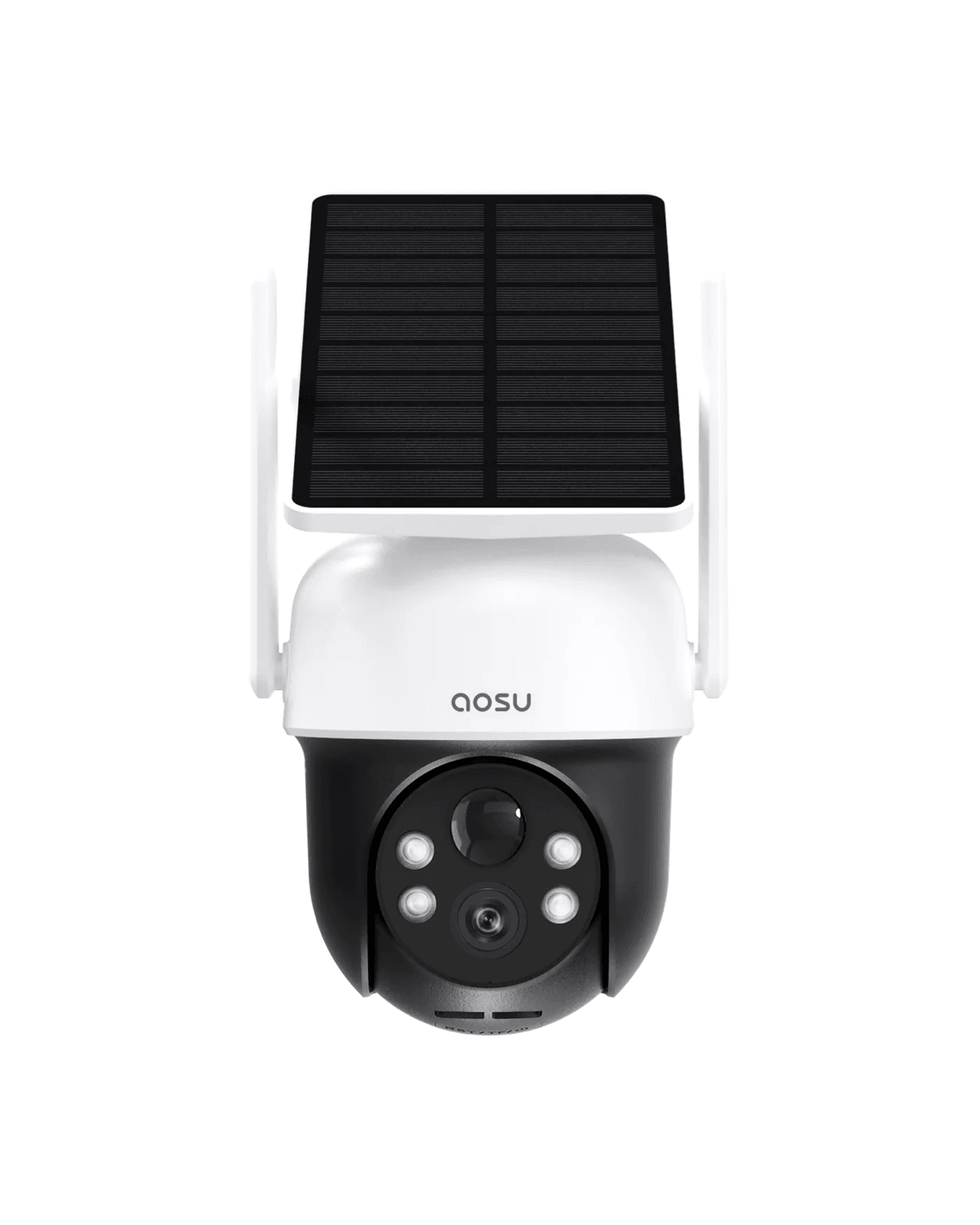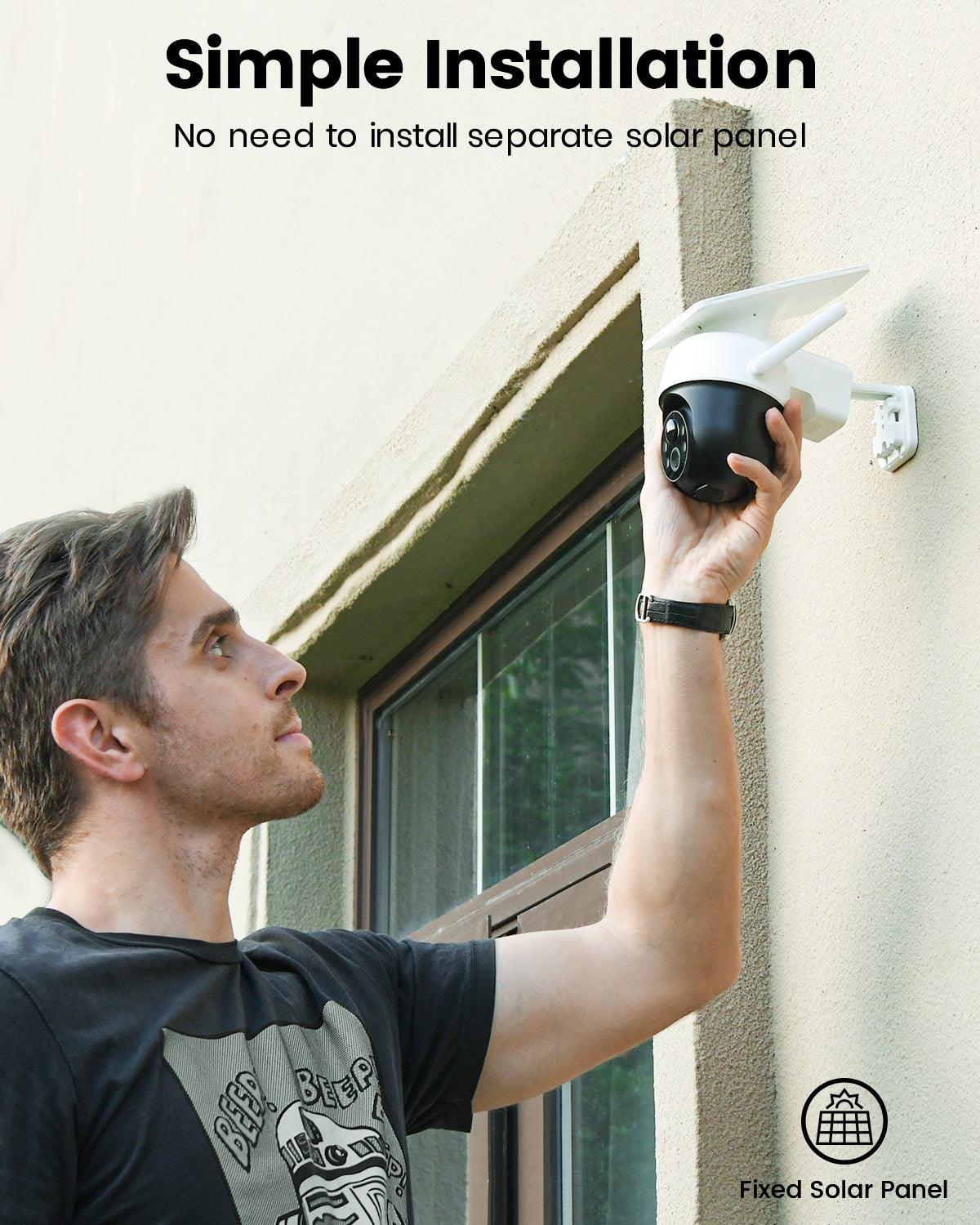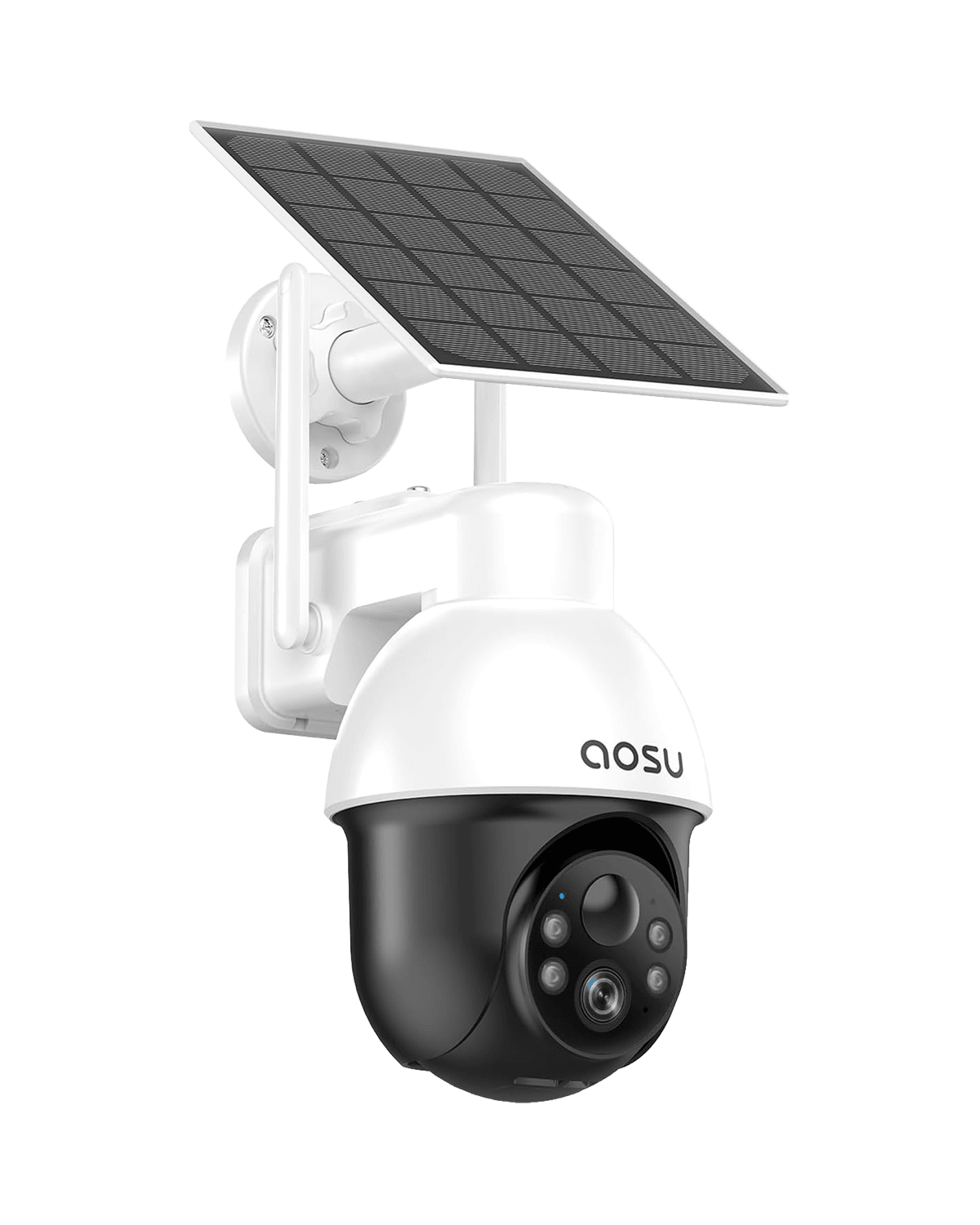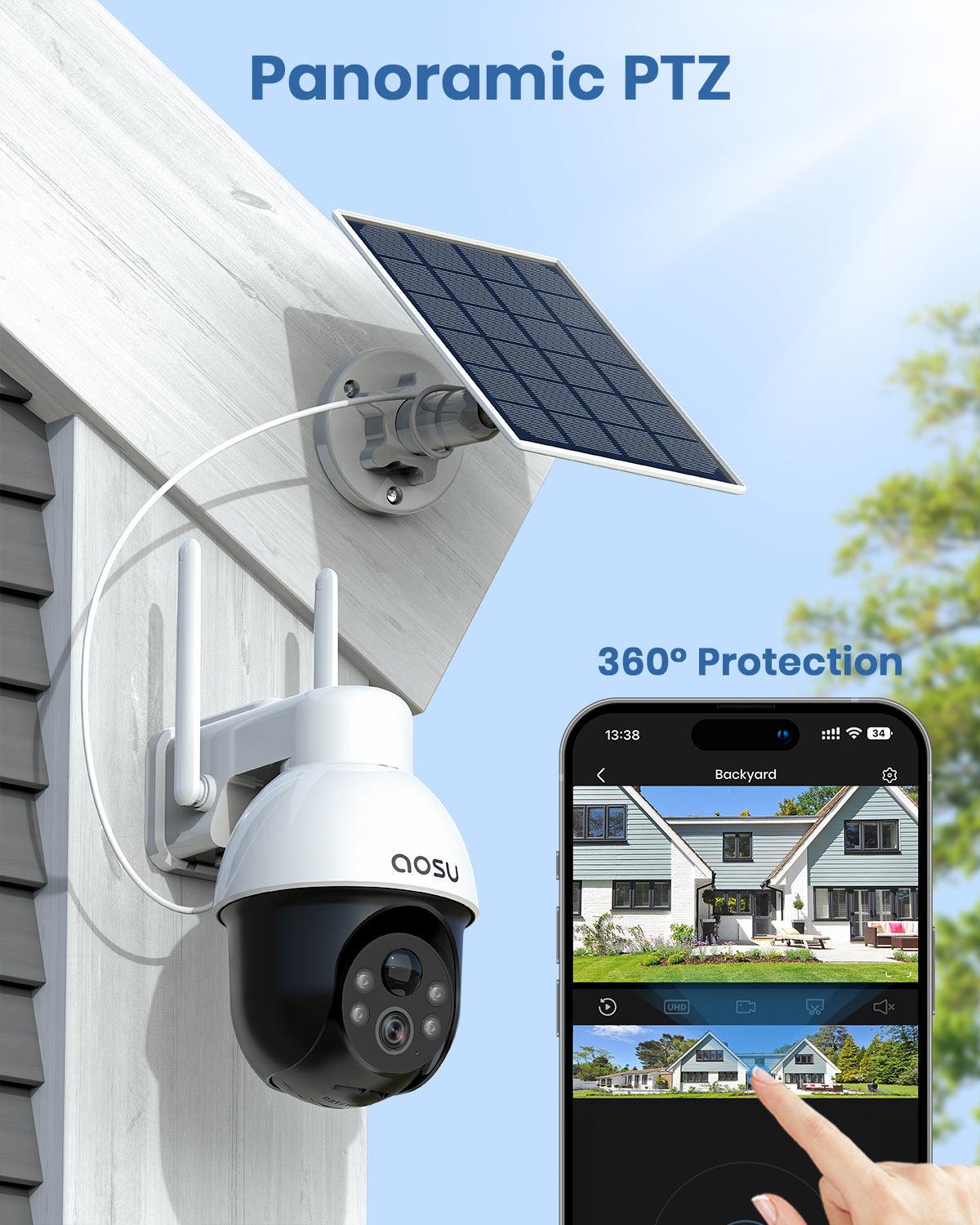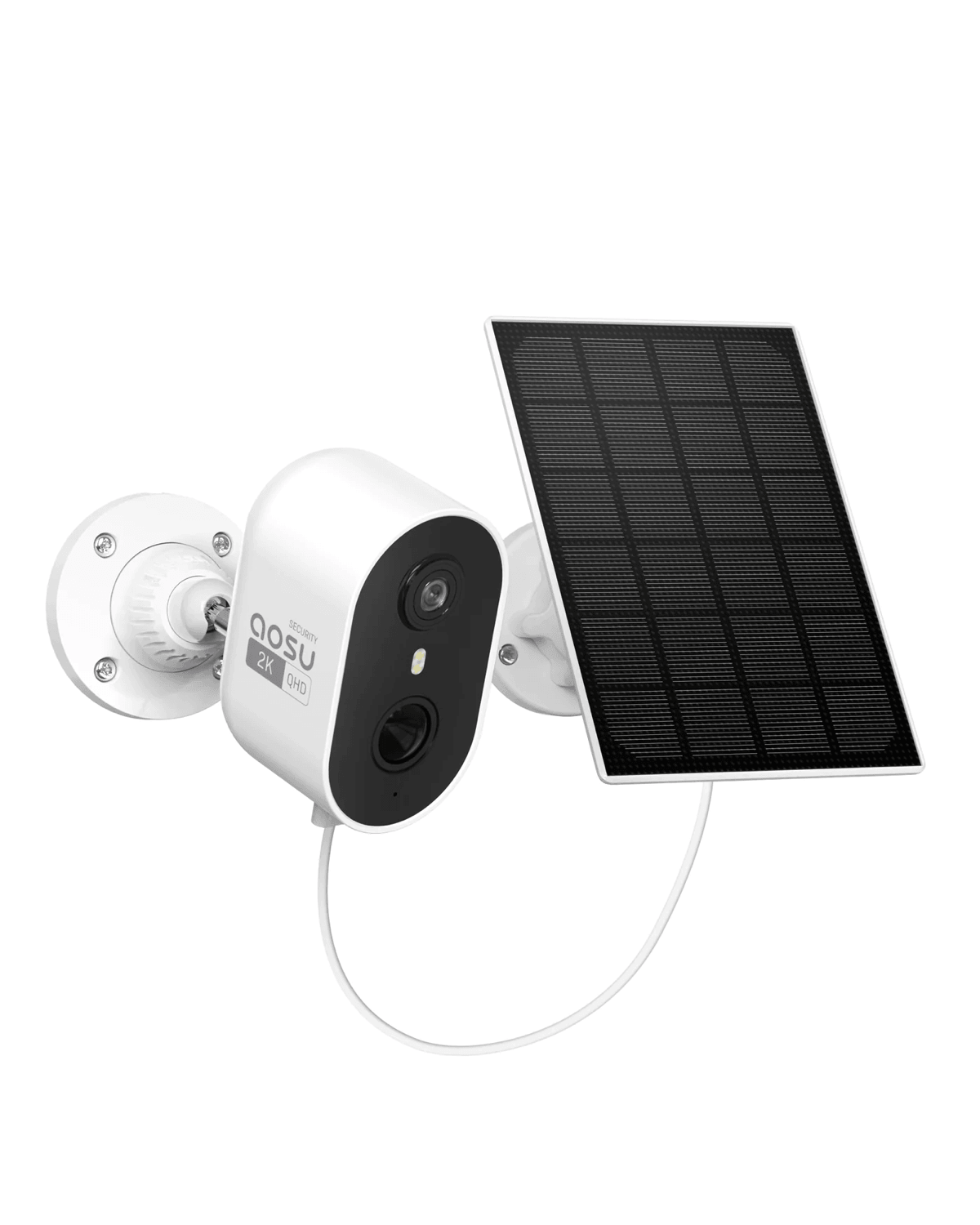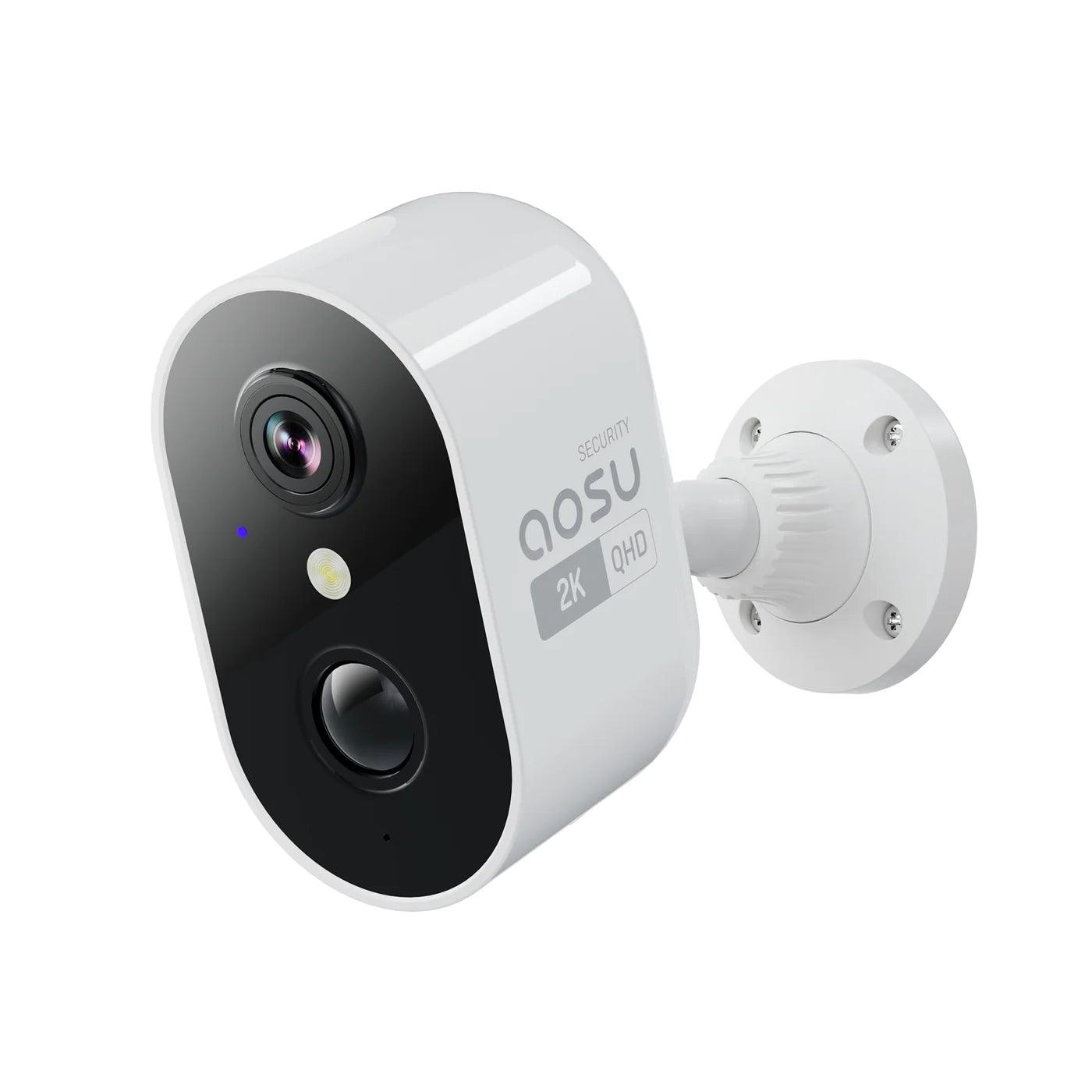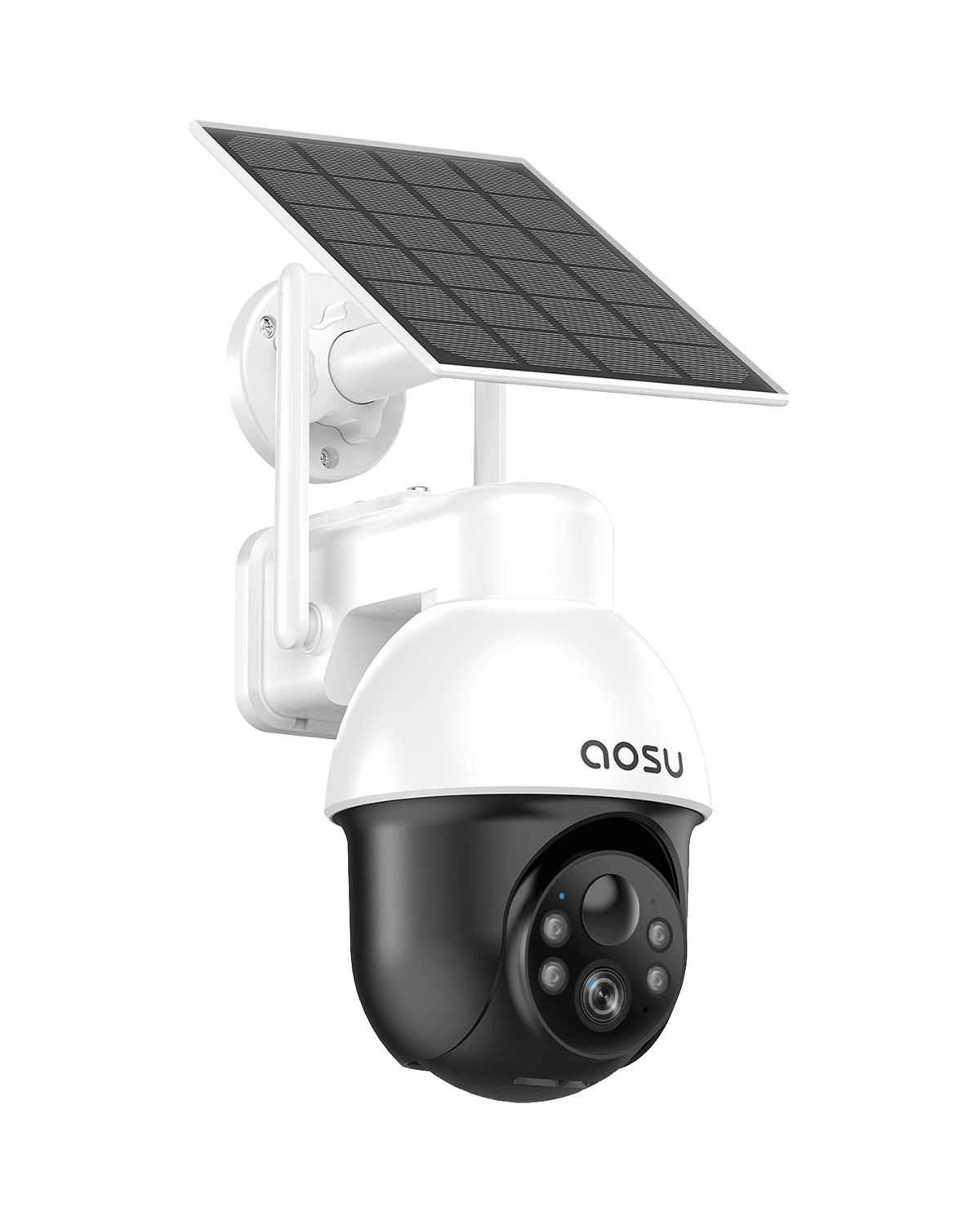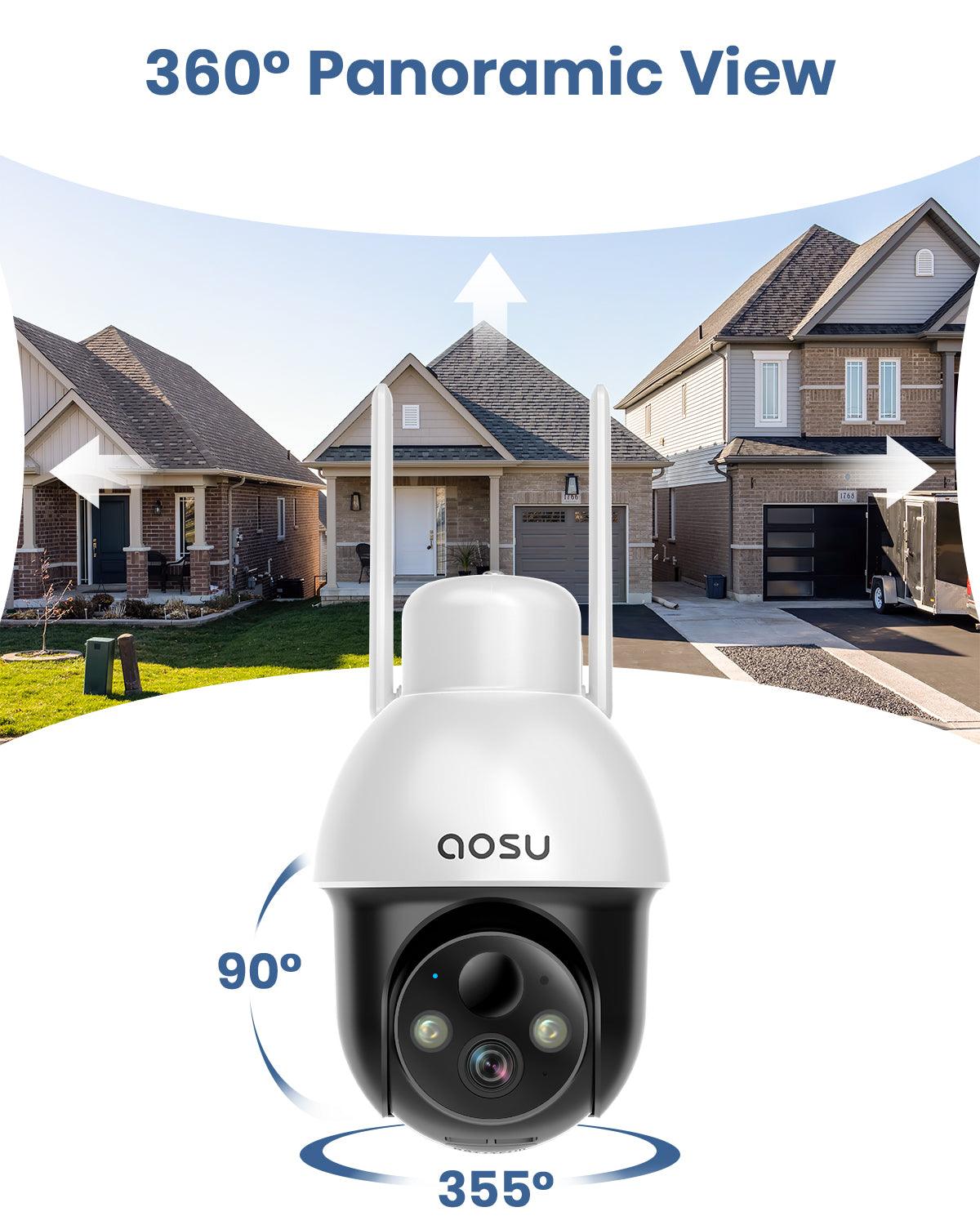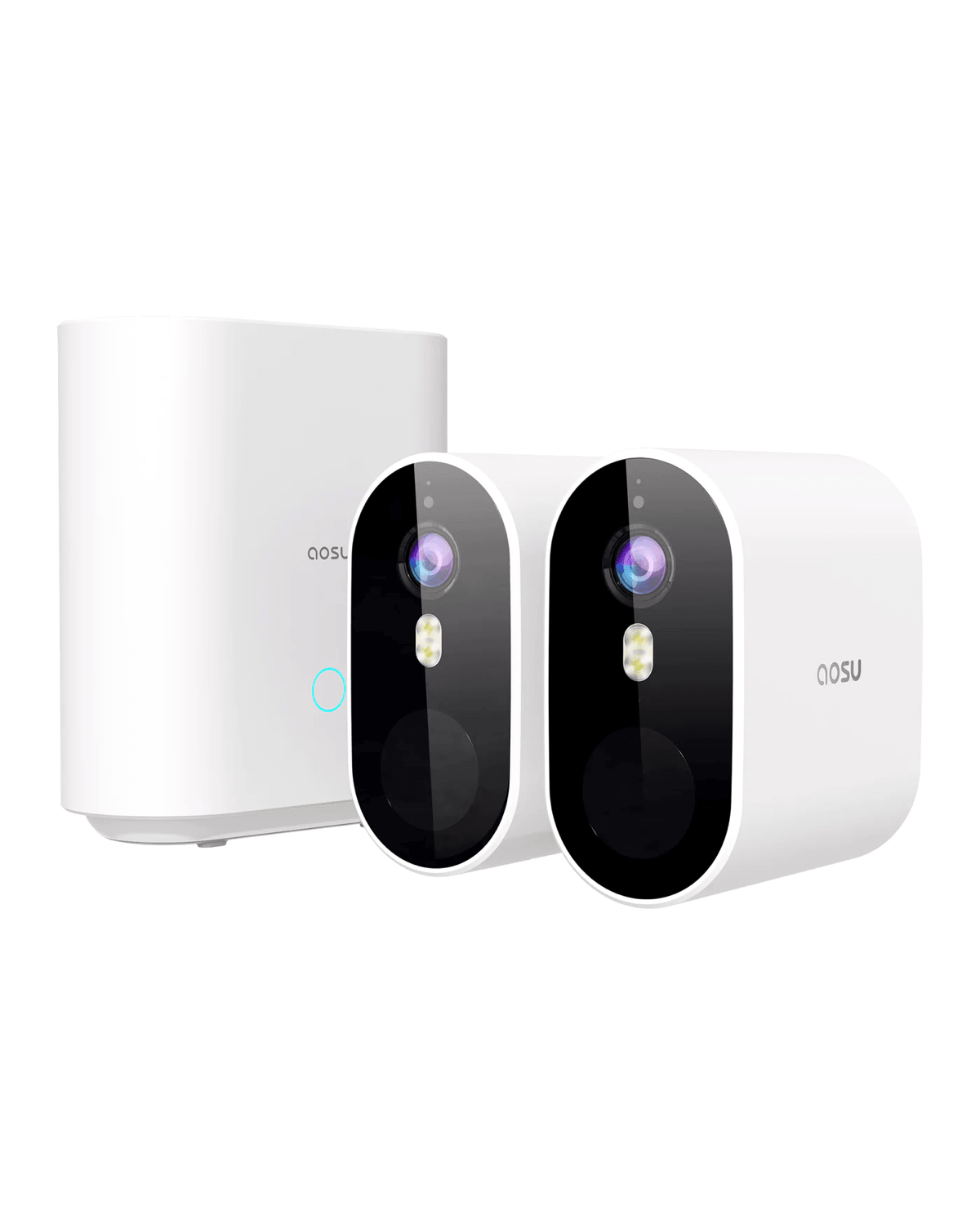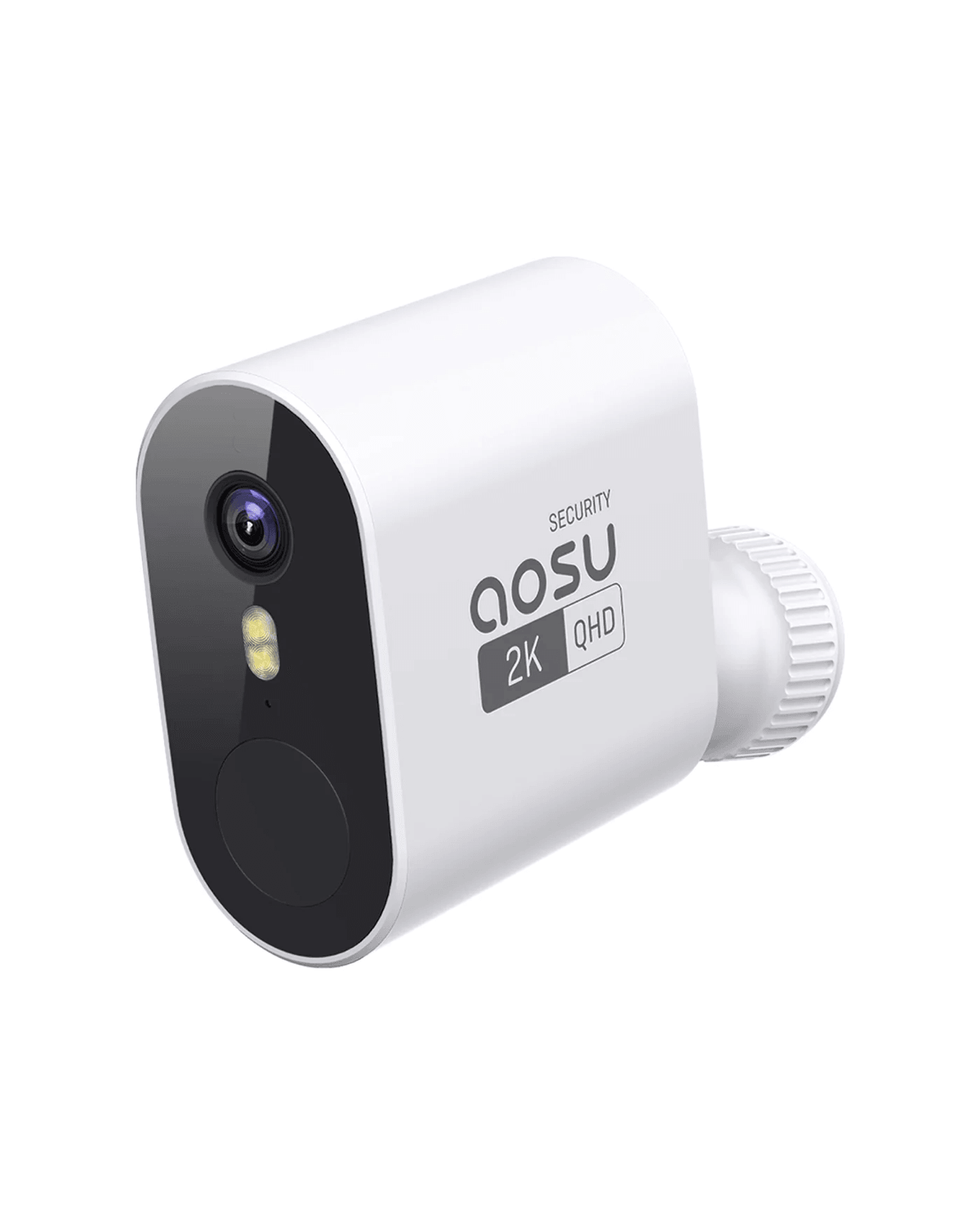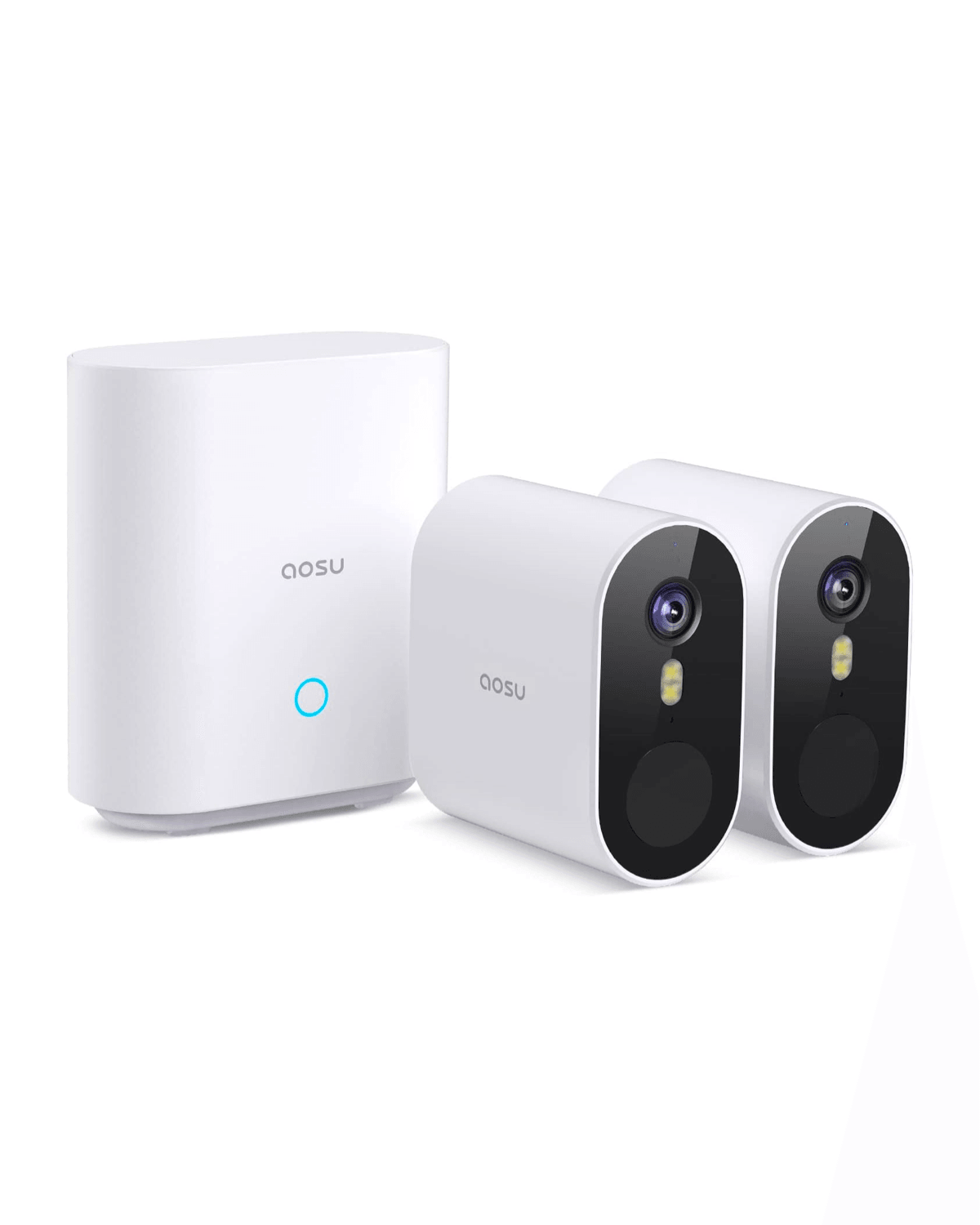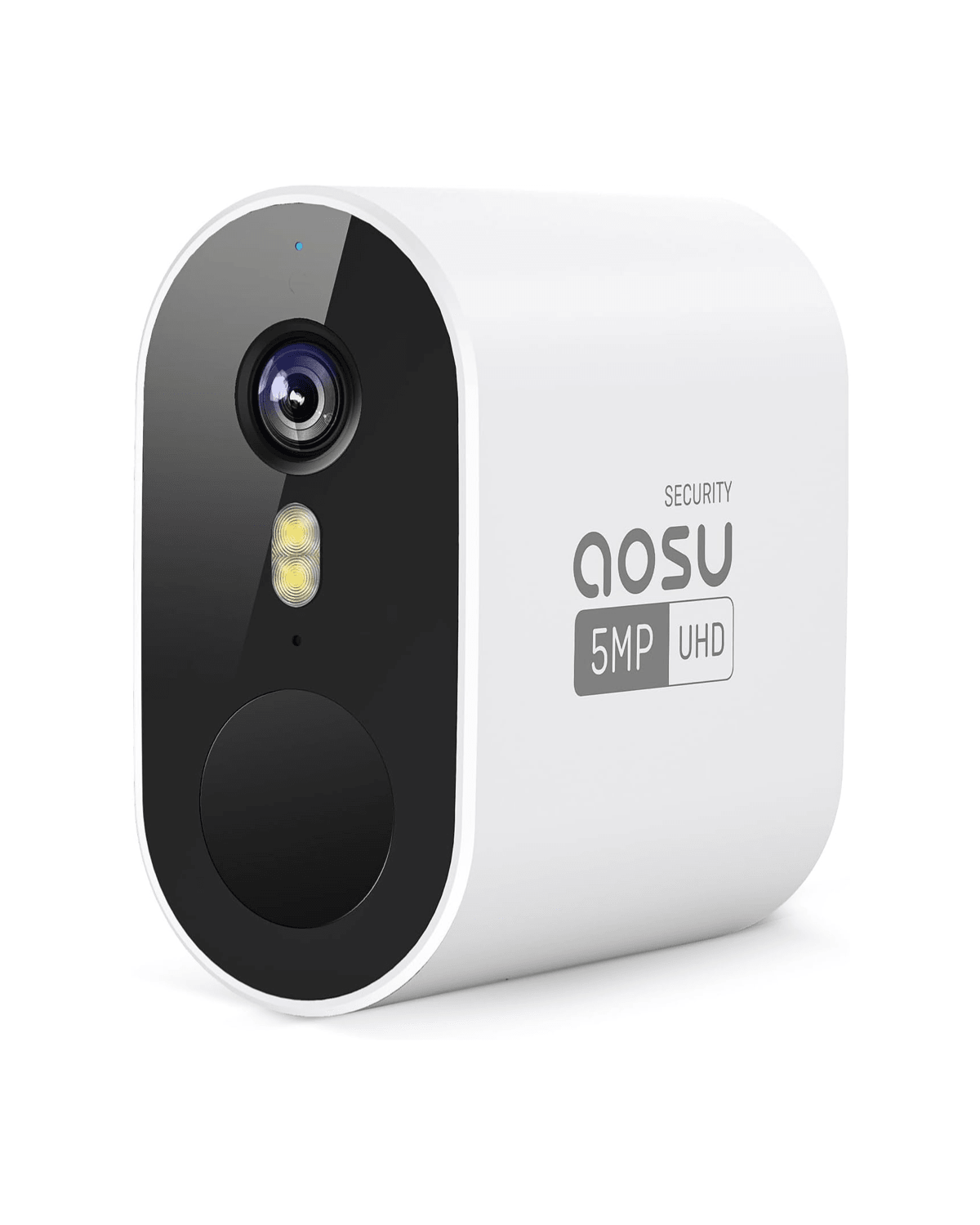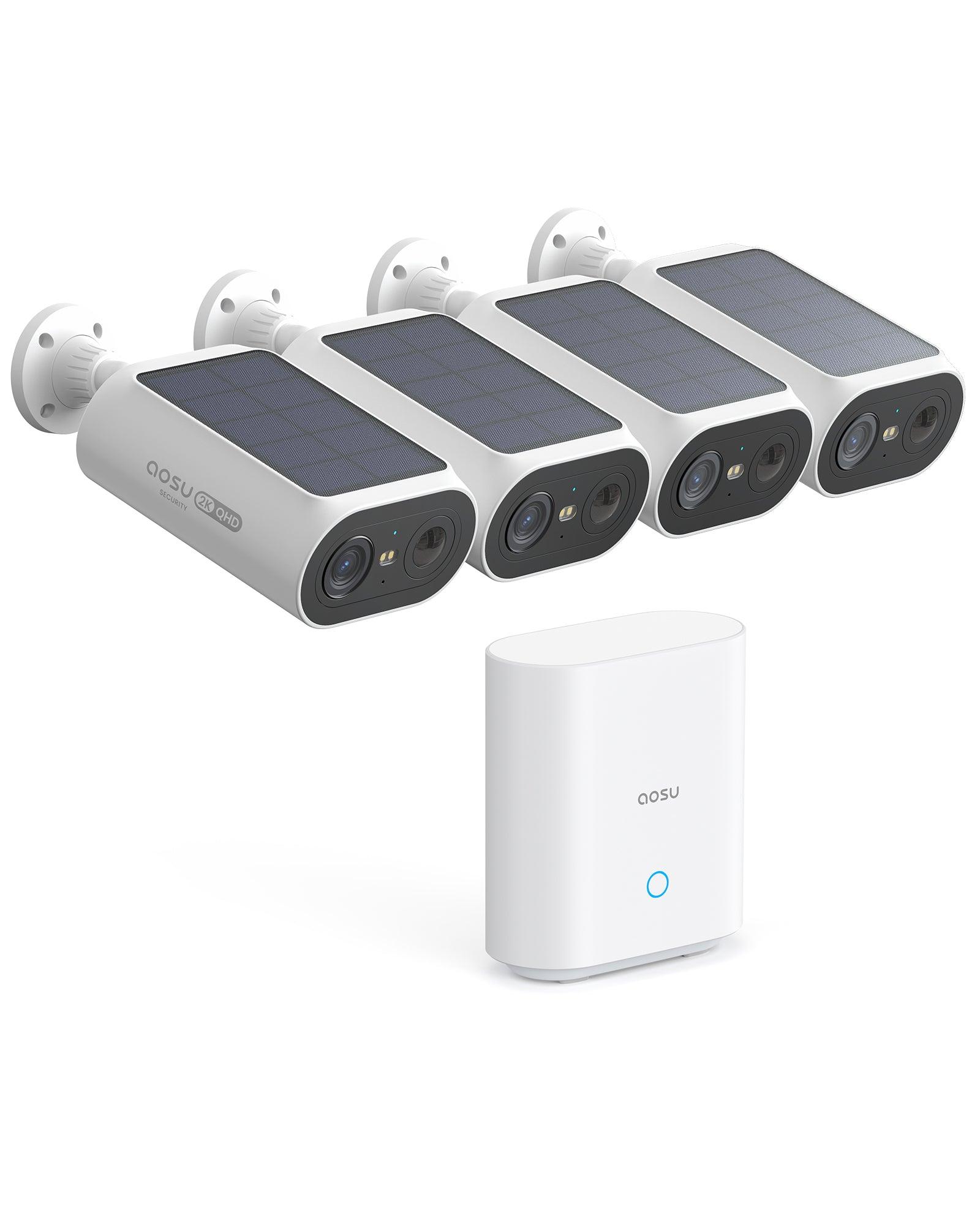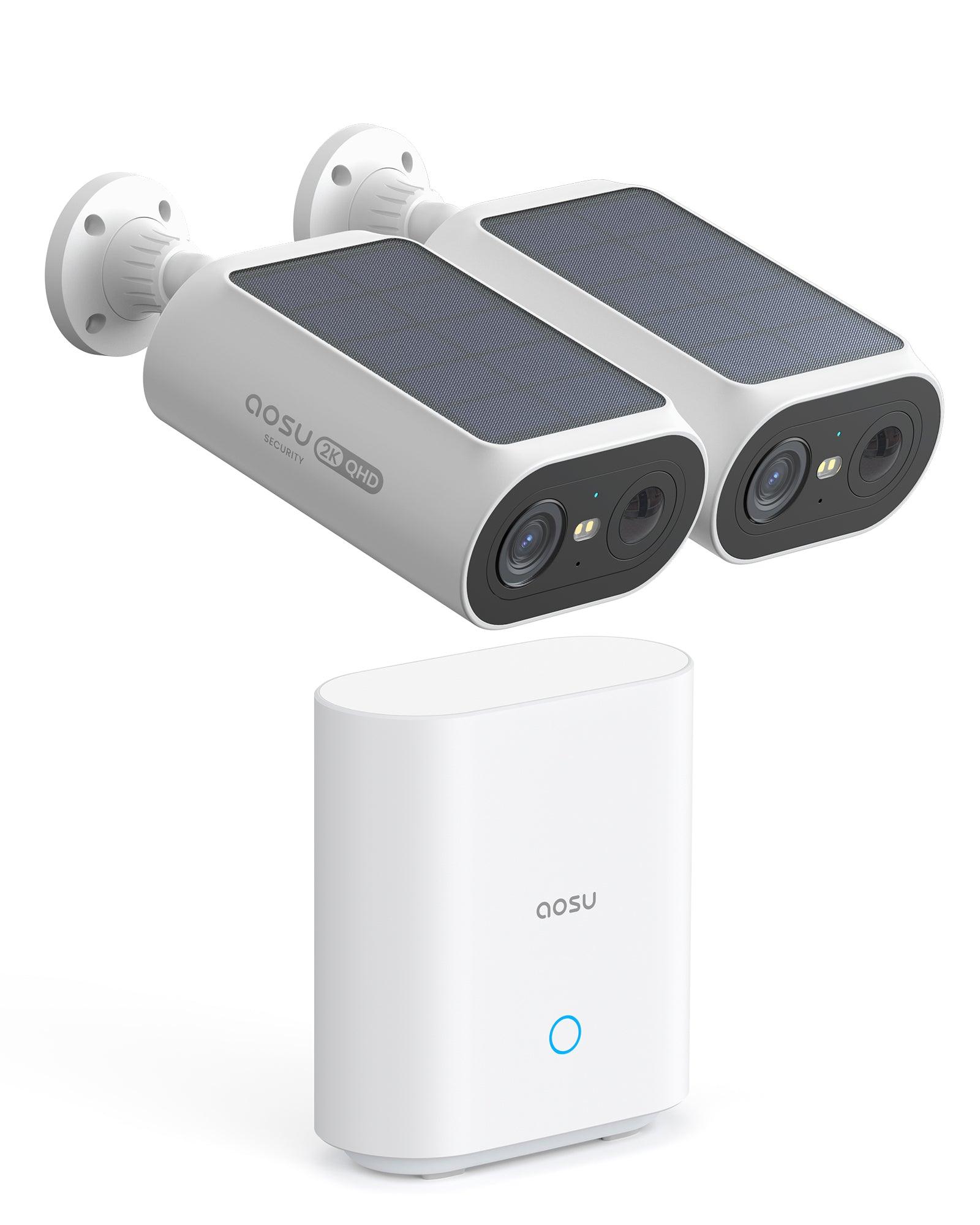Wireless Security Cameras
Aosu wireless security cameras support color night vision allowing monitoring in full-color mode during nighttime for clearer images. Come with built-in storage, compatible with smart assistants such as Alexa and Google Assistant, providing broader smart home integration options.
Some of you may have some concerns about wireless cameras. Our blog unveiling the truth of home security systems probably can solve your problems.
FAQ
Can wireless security cameras integrate with smart home devices?
Can wireless security cameras integrate with smart home devices?
Yes, wireless cameras can integrate with smart home devices such as Amazon Alexa, Google Assistant, and other home automation systems. This allows users to control and monitor the cameras using voice commands or include them in broader smart home automation setups.
aosu's wireless security cameras are compatible with both Alexa and Google Assistant, providing a broader range of options for smart home integration. aosu's wire-free security cameras feature two-way audio and free local storage for easy remote viewing, offering strong home surveillance solutions to ensure your home is secure.
How does a wireless camera differ from a wired camera?
How does a wireless camera differ from a wired camera?
The main difference between wireless and wired cameras lies in their methods of data transmission. Wireless cameras transmit data wirelessly via Wi-Fi or other protocols, offering flexibility in installation but susceptible to interference. Wired cameras, on the other hand, transmit data through physical cables, providing a more reliable and stable connection but requiring more complex installation.
Do wireless cameras record all the time?
Do wireless cameras record all the time?
Wireless cameras can be set to record continuously or triggered by motion. Continuous recording captures 24/7 footage, providing a comprehensive timeline. Motion-activated recording conserves storage space, activating the camera only when motion is detected. Users can customize sensitivity settings to reduce false alarms. The specific recording modes depend on the camera's brand and model, with settings configurable through the camera's app or web interface. Consider storage capacity when choosing between continuous and motion-activated recording.
It is recommended to shop aosu's battery-operated wireless security cameras for your home security. No subscription is required!
How do wireless cameras get power?
How do wireless cameras get power?
Wireless cameras obtain power through various methods, including battery power for flexibility and easy installation, solar power for sustainability, hardwired connections to electrical outlets for continuous power without frequent maintenance, and Power over Ethernet (PoE) for simultaneous data and power transmission through a single cable. The choice of power source depends on factors such as camera design, intended use, and installation preferences. The wire-free security cameras at aosu's online store are powered by a battery with a large capacity and long life.
Do you need a DVR for wireless security cameras?
Do you need a DVR for wireless security cameras?
Wireless security cameras do not necessarily require a DVR. Instead, they offer flexible storage options such as local storage using microSD cards or cloud storage plans for remote accessibility. The choice depends on the camera model and user preferences, providing alternatives to traditional DVR-based systems. Aosu's wireless surveillance cameras come equipped with a 32GB hub, supporting loop recording without the need for additional storage devices.
How Far Away Can a Wireless Security Camera Work?
How Far Away Can a Wireless Security Camera Work?
aosu wireless outdoor security cameras offer a wide 166° viewing angle with a 4:3 aspect ratio, allowing for comprehensive coverage with no blind spots. This wide-angle view enhances the camera's ability to monitor a larger area effectively.
Have More Questions?
Have More Questions?
For more answers on product information, technology, and usage, etc, visit our FAQ page or contact us directly!






